Diomedes Botanic Garden
To the west of Athens is the largest botanic garden in the eastern Mediterranean and one of the most notable in the world.
Location
Timeline
Modern and Contemporary era (1821 - )
1952 The foundation was created according to Alexandros Diomedes’ will.
1961 The Ministry of Agriculture allotted the forest area to the foundation, and the remodelling of the garden began on condition that the existing forest may not be significantly affected.
1975 Opened for the public.







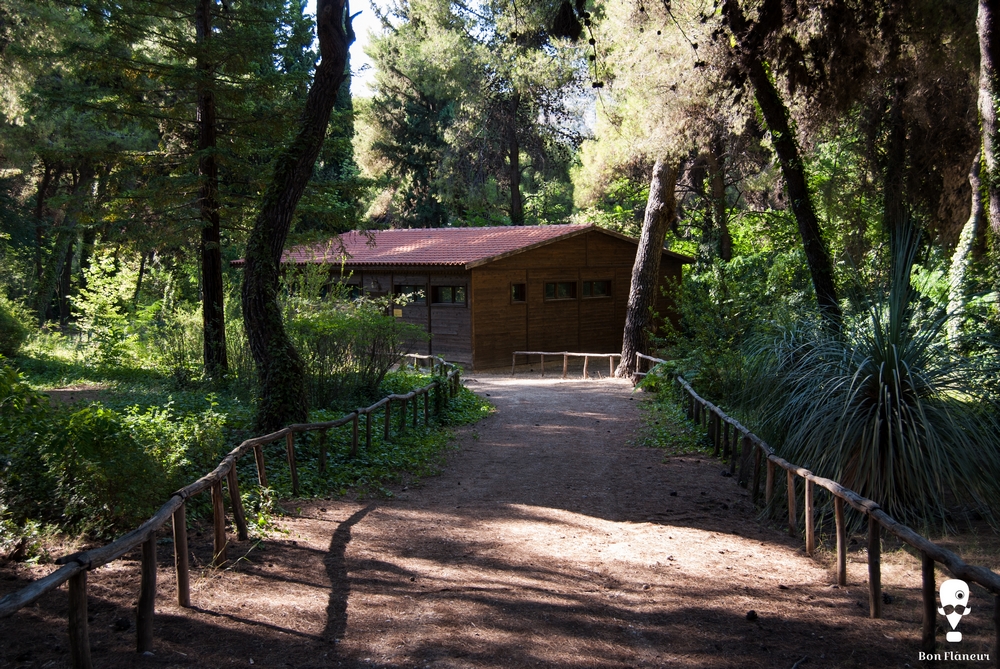
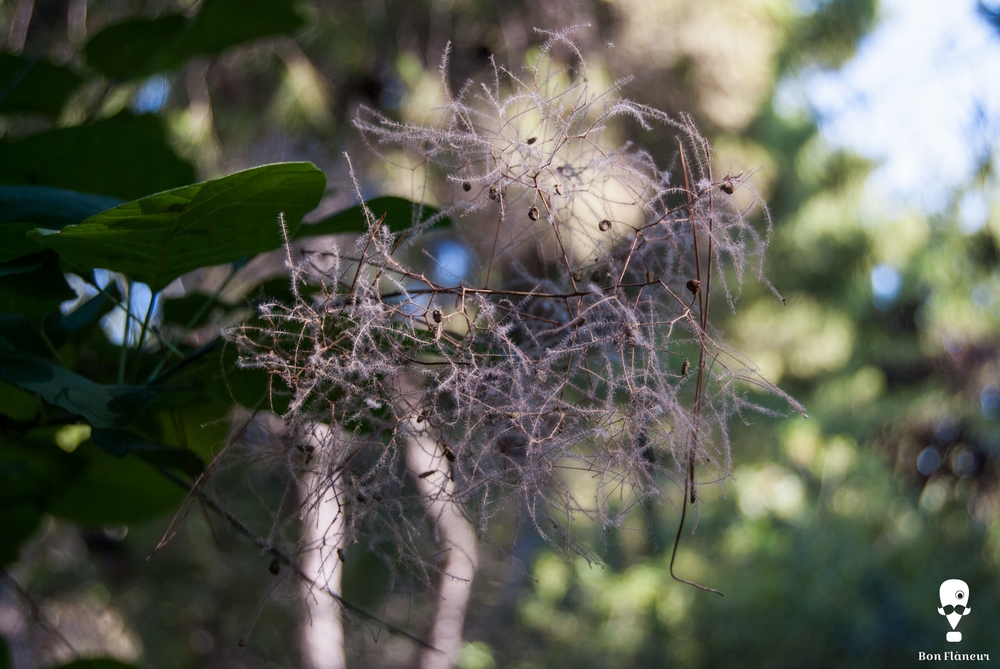
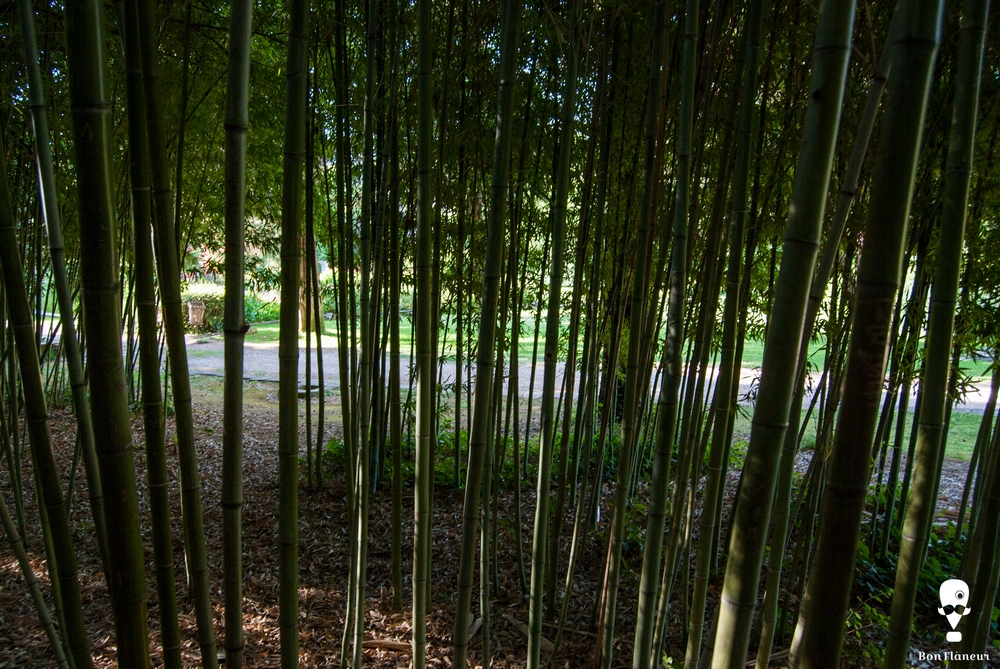
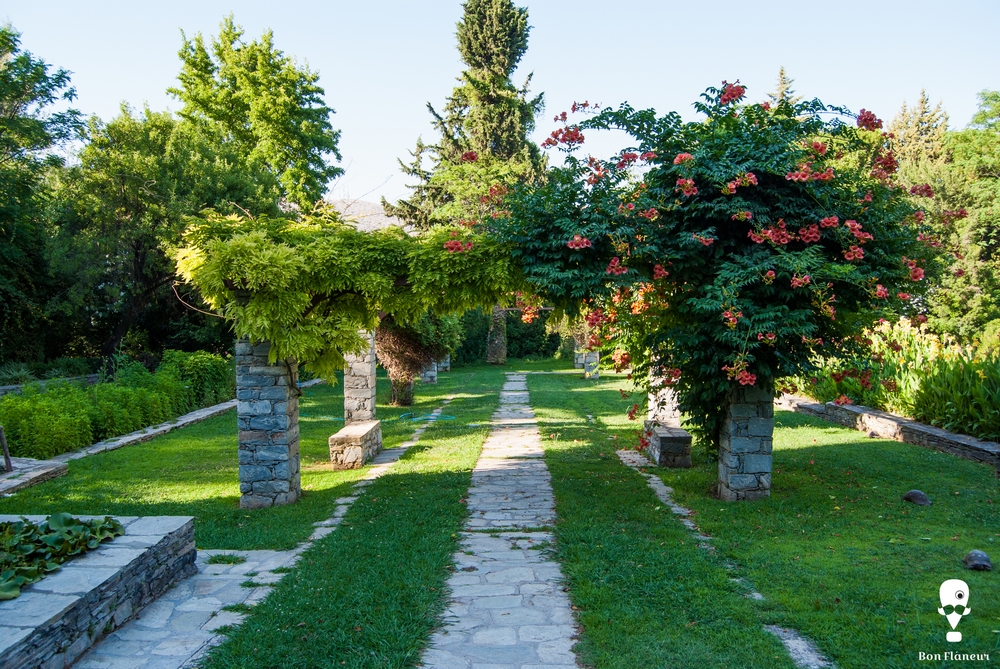

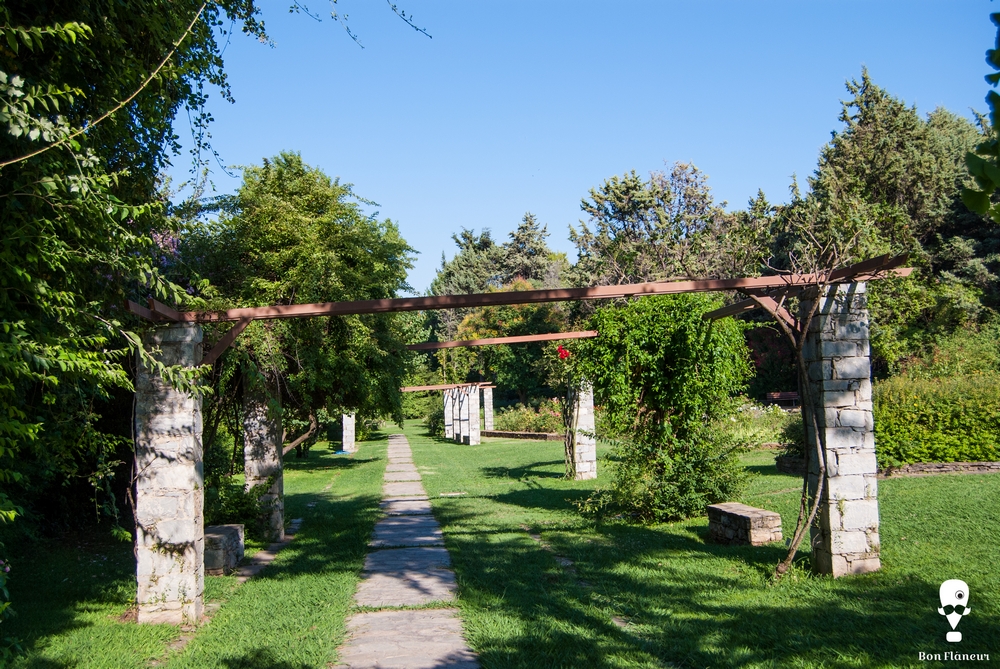
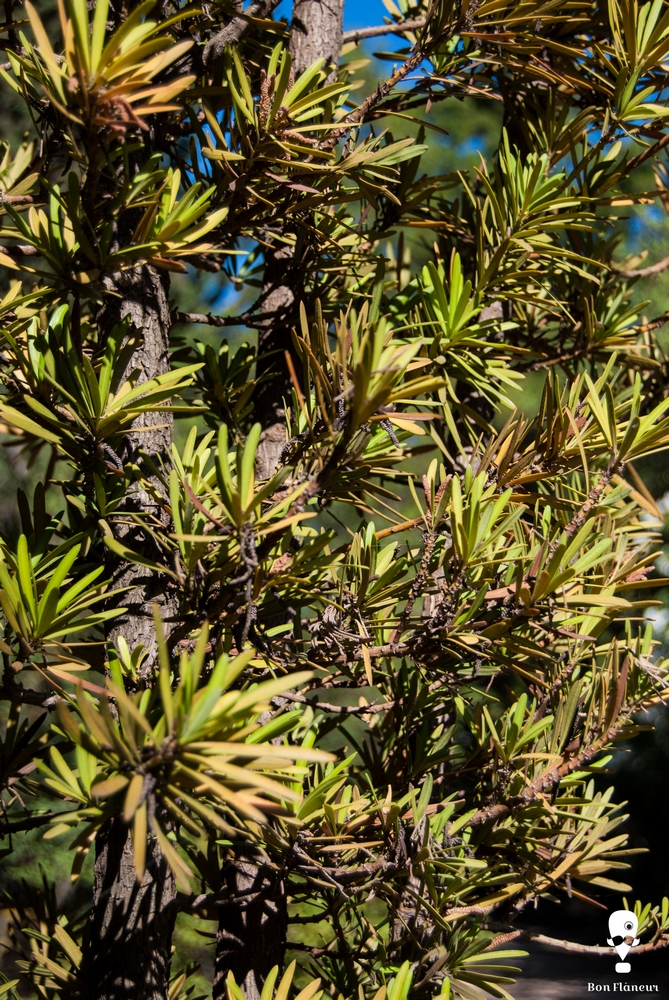




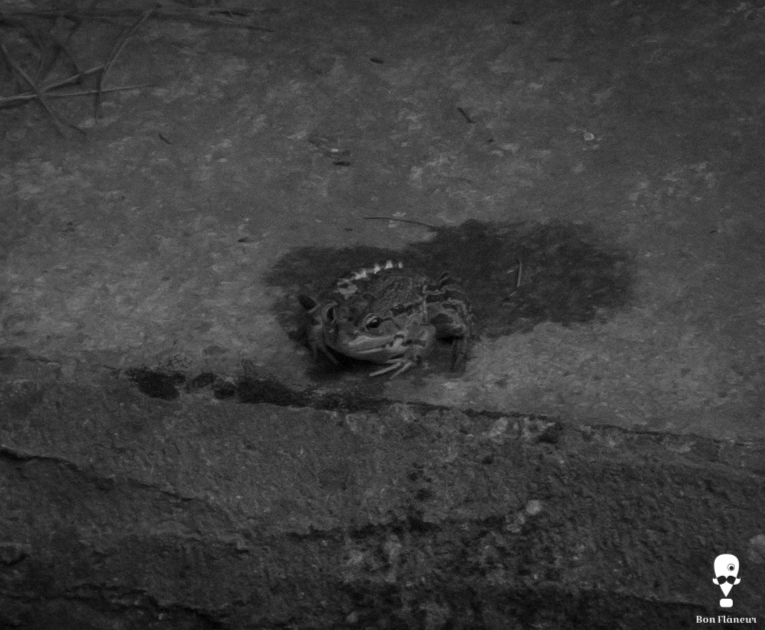


Share